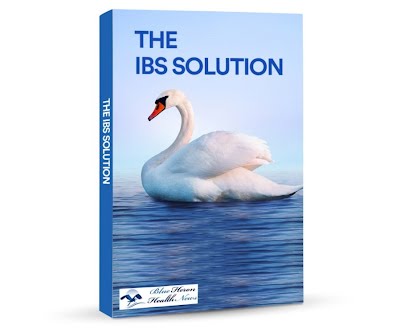
The IBS Program™ / The IBS Solution™ By Julissa Clay The IBS program comes in the format of a step-by-step program that can be purchased by anyone curious. The product is designed for everyone who wants to control their IBS symptoms and enjoy a pain-free life. One of the most impressive aspects of this program is that you may complete the workouts. You may do the workouts during the lunch hour, on a flight, or even at the house, and the great news is that you don’t need special equipment to complete them.
What are the different types of IBS?
Irritable Bowel Syndrome (IBS) is categorized into different types based on the predominant bowel habit observed in patients. This classification helps in tailoring specific treatments and management strategies for each type. Here are the main types of IBS:
1. IBS with Predominant Diarrhea (IBS-D)
IBS-D is characterized by frequent episodes of diarrhea. The key features include:
- Frequent Loose Stools: Patients typically experience multiple loose or watery stools per day.
- Urgency: There is often a sudden and urgent need to have a bowel movement.
- Abdominal Pain: Pain or cramping is common and may improve after defecation.
- Additional Symptoms: Patients may also experience bloating, gas, and the sensation of incomplete evacuation.
2. IBS with Predominant Constipation (IBS-C)
IBS-C is marked by constipation as the primary symptom. Key features include:
- Infrequent Stools: Patients may have fewer than three bowel movements per week.
- Hard or Lumpy Stools: Stools are often hard or lumpy, and passing them can be difficult.
- Straining: There is usually significant straining during bowel movements.
- Abdominal Pain and Bloating: These symptoms are common and may be relieved by defecation.
3. IBS with Mixed Bowel Habits (IBS-M)
IBS-M involves alternating symptoms of diarrhea and constipation. Key features include:
- Alternating Bowel Habits: Patients experience episodes of both diarrhea and constipation, often in a cyclical pattern.
- Variable Stool Consistency: Stools can range from loose and watery to hard and lumpy.
- Abdominal Pain: Pain is a common feature and may vary in intensity and location.
- Bloating and Gas: These symptoms are frequent and can accompany both diarrhea and constipation phases.
4. IBS Unclassified (IBS-U)
IBS-U is diagnosed when the symptoms do not consistently fit into the other categories. Features include:
- Unclear Bowel Habit Pattern: Patients may not fit neatly into IBS-D, IBS-C, or IBS-M categories.
- Variable Symptoms: The symptoms can be inconsistent, with no clear pattern of diarrhea or constipation.
- Abdominal Pain and Discomfort: These are common but do not align with specific bowel habits.
Other Considerations
While these are the primary classifications, it’s important to note that symptoms can overlap, and patients may transition between different types over time. The categorization is based on the predominant symptom at the time of evaluation and can change with dietary, lifestyle, and other factors.
The treatment and management approach for IBS can vary depending on the type:
- IBS-D: Management may include dietary modifications, antidiarrheal medications, and sometimes bile acid sequestrants.
- IBS-C: Treatment often focuses on increasing dietary fiber, using laxatives, and possibly medications that enhance bowel motility.
- IBS-M: A balanced approach addressing both diarrhea and constipation symptoms, often requiring tailored dietary and pharmacological interventions.
- IBS-U: Treatment is individualized based on the specific symptoms and triggers identified.
In all types, stress management, dietary adjustments (such as low-FODMAP diets), and psychological therapies can play a crucial role in symptom management.
The IBS Program™ / The IBS Solution™ By Julissa Clay The IBS program comes in the format of a step-by-step program that can be purchased by anyone curious. The product is designed for everyone who wants to control their IBS symptoms and enjoy a pain-free life. One of the most impressive aspects of this program is that you may complete the workouts. You may do the workouts during the lunch hour, on a flight, or even at the house, and the great news is that you don’t need special equipment to complete them.